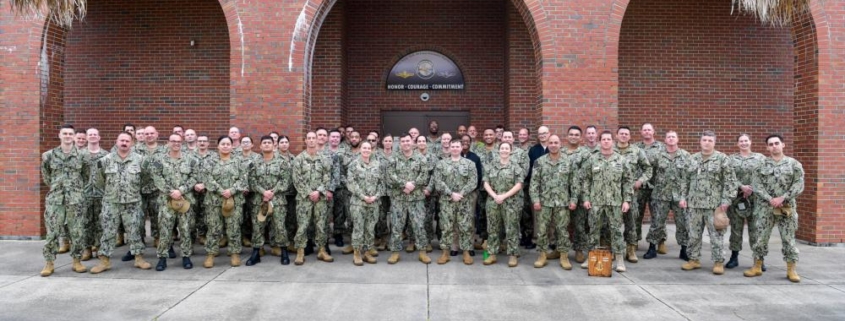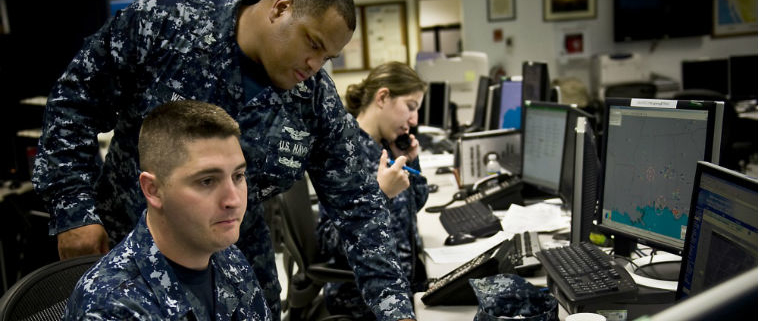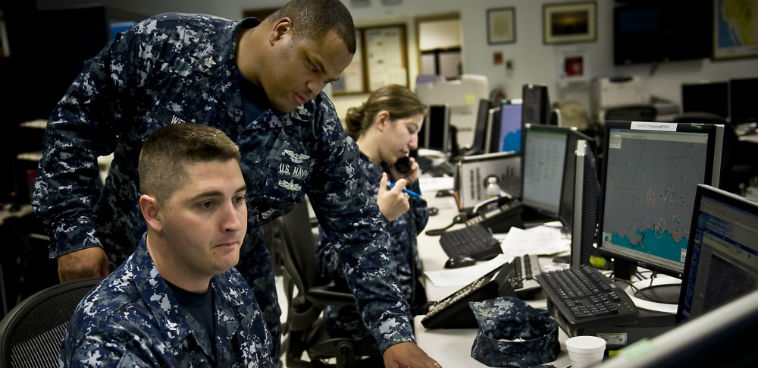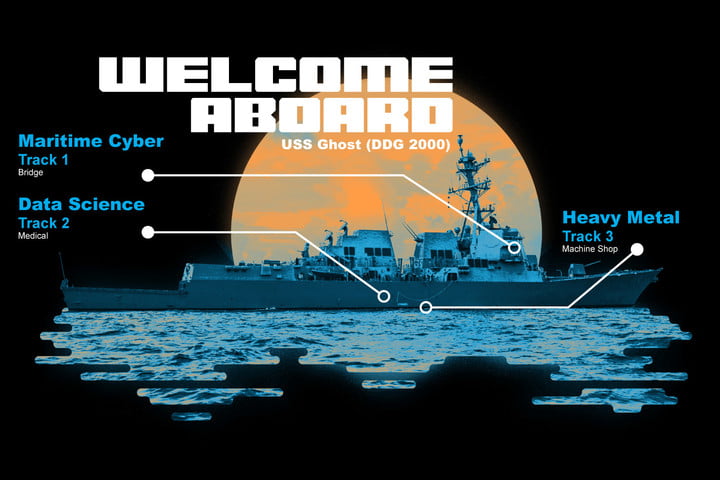DVIDS – News – Navy CTR Leaders Review and Update Occupational Standards
PENSACOLA, Fla. – Leaders in the Cryptologic Technician (Collection) (CTR) rating from around the world gathered at Corry Station to discuss the way-ahead and future of their rating, from Nov. 1 – 5, 2021.
Every two years subject matter experts from within the Navy’s varied ratings come together to validate and build the occupational standards that are trained to in order to meet the needs of the rating throughout the fleet.
Due to COVID-19, this is the first time in four years the CTRs have been able to conduct their review and update of their standards. This year they had a wide turn-out with representatives from around the globe including, the Center for Information Warfare Training (CIWT), Naval Information Forces (NAVIFOR), Navy Personnel Command, Navy Manpower Analysis Center, Information Warfare Training Center (IWTC) Corry Station, several Navy Information Operational Commands, Naval Special Warfare Command, U.S. Third Fleet and U.S. 10th Fleet.
CTRs serve as experts in intercepting signals and gathering information, and as technology advances the CTRs must adapt and evolve in order to continue to meet the Navy’s information requirements. Master Chief Cryptologic Technician (Collection) Chris Motley, CTR Training Lead for NAVIFOR, explained that the goal of the occupational standards review and update is to capture all the tasks that the rating performs to meet the operational mission. With the tasks accurately captured, adjustments can be made to training, advancement and promotion opportunities to ensure the direction the rating is evolving reflects what the Navy calls for in its CTRs.
“Cyber is a growing work role for our rating,” said Motley. “We have billets that are assigned to cyber teams, so we want to capture the work standards we do to support the cyber mission
Cryptologic Technician (Collection) 1st Class Marshall Shortman, a cryptologic fleet operating instructor at IWTC Corry Station, said, “For my contribution to the occupational standards, I am trying to ensure that the Sailors, both currently in and on their way to the…





